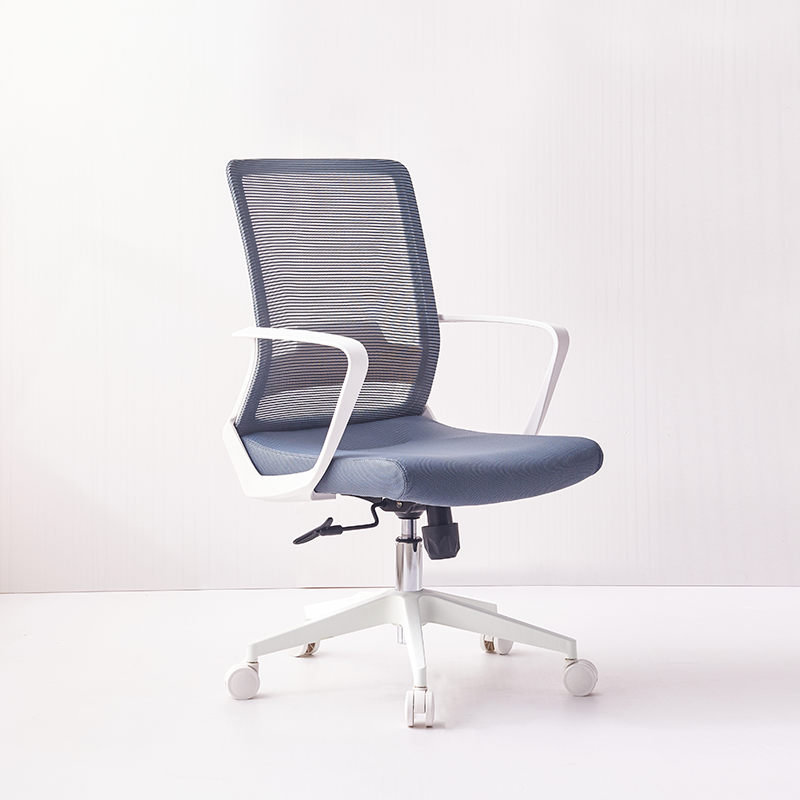
Choosing the right ergonomic task chair is crucial for maintaining a healthy and productive work environment. One popular option is the mesh ergonomic task chair, which offers numerous benefits. This guide will provide an overview of the key features to consider when selecting a mesh chair that suits your needs.
Ergonomics is the science of designing products or systems to optimize human well-being and performance. When it comes to task chairs, ergonomics focuses on creating a comfortable and supportive seating experience. Good ergonomics can have a significant impact on posture, productivity, and overall health.
When choosing a mesh ergonomic task chair, there are several important features to consider. First, adjustable seat height is essential for achieving proper alignment and reducing strain on the lower back. Factors such as desk height and personal preference should be taken into account when determining the right seat height.
Lumbar support is another critical feature to look for in a chair. Proper lumbar support helps maintain the natural curve of the spine and prevents back pain. Different chairs offer various types of lumbar support, such as built-in lumbar cushions or adjustable lumbar support.
Mesh material is known for its breathability and comfort. Chairs with mesh backs allow airflow, keeping you cool and preventing sweat buildup. Additionally, the flexibility of mesh provides better support and conforms to the shape of your body.
Adjustable armrests are beneficial for maintaining proper arm and shoulder alignment, reducing strain on these areas. Considerations for armrest height and width should be made to ensure a comfortable fit for your specific needs.
Seat depth and width play an important role in comfort. The right dimensions will provide adequate support and prevent pressure points. It’s essential to find the right seat depth and width that suits your body type.

mesh ergonomic task chair
Tilt mechanisms are a common feature in ergonomic chairs. Different types of tilt mechanisms allow you to adjust the chair’s angle, promoting movement and reducing pressure on the spine.
Seat angle adjustment is another useful feature that enables you to tilt the seat forward or backward. This adjustment can help alleviate pressure on the thighs and lower back, especially during long periods of sitting.
Having an adjustable headrest can provide additional support for your neck and head. Considerations for headrest height and angle should be made to ensure proper alignment and comfort.
Armrest adjustability is crucial for adapting to different tasks and promoting proper posture. Depending on your needs, you may choose between fixed or adjustable armrests.
It is highly recommended to try out chairs before making a purchase. Sitting in the chair allows you to assess its comfort, support, and adjustability. This hands-on evaluation is essential for making an informed decision.
User reviews and recommendations can also be valuable in the decision-making process. By considering the experiences of others, you can gain insights into the chair’s quality, durability, and overall satisfaction.
Setting a budget is important when investing in an ergonomic task chair. Consider the long-term value and durability of the chair. While higher-quality chairs may come at a higher price, they often provide better support and longevity.
In conclusion, choosing the right mesh ergonomic task chair is crucial for maintaining a healthy and productive work environment. By considering the features discussed in this guide and trying out chairs before purchase, you can make an informed decision. Investing in a high-quality chair will benefit your posture, productivity, and overall well-being.